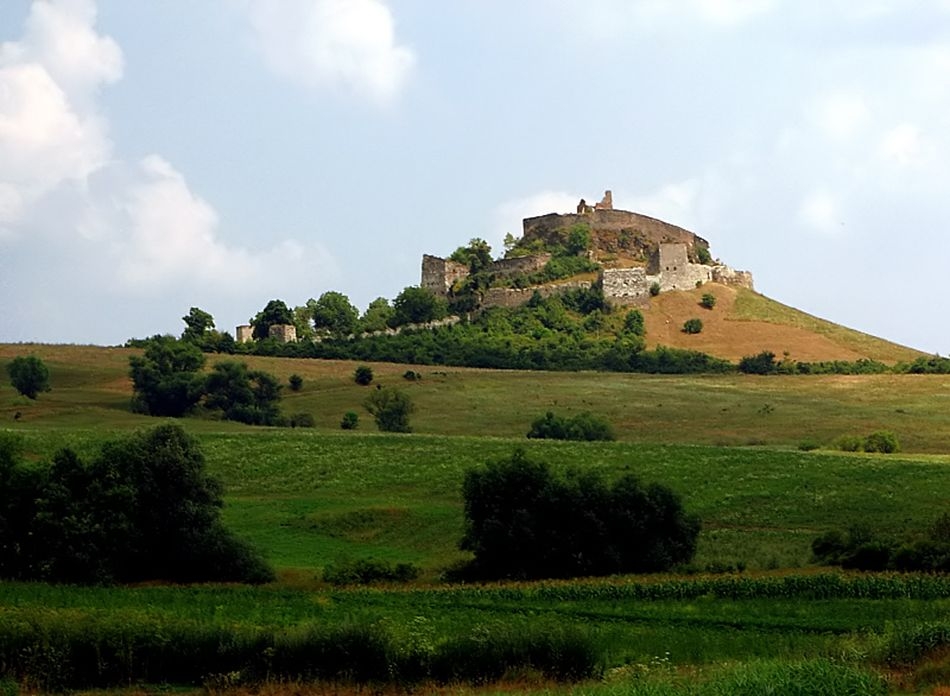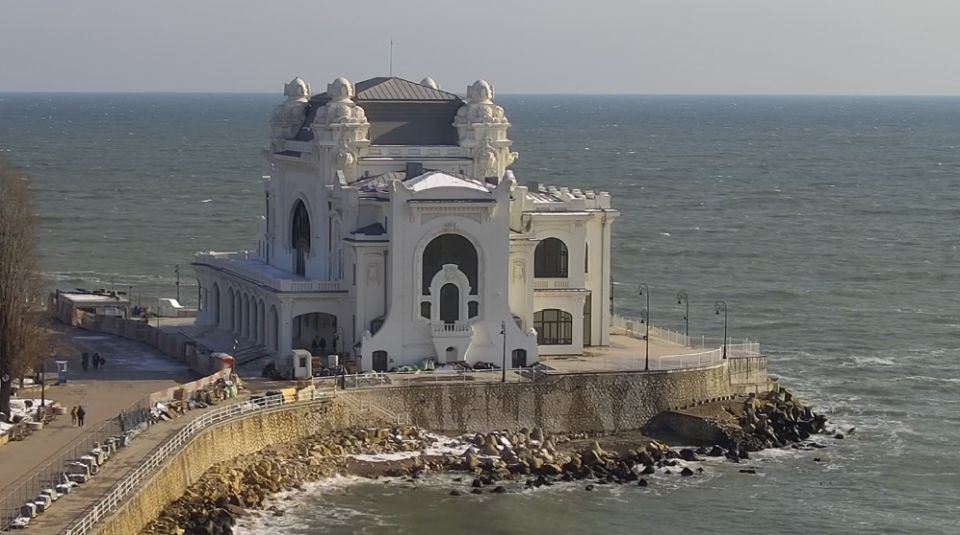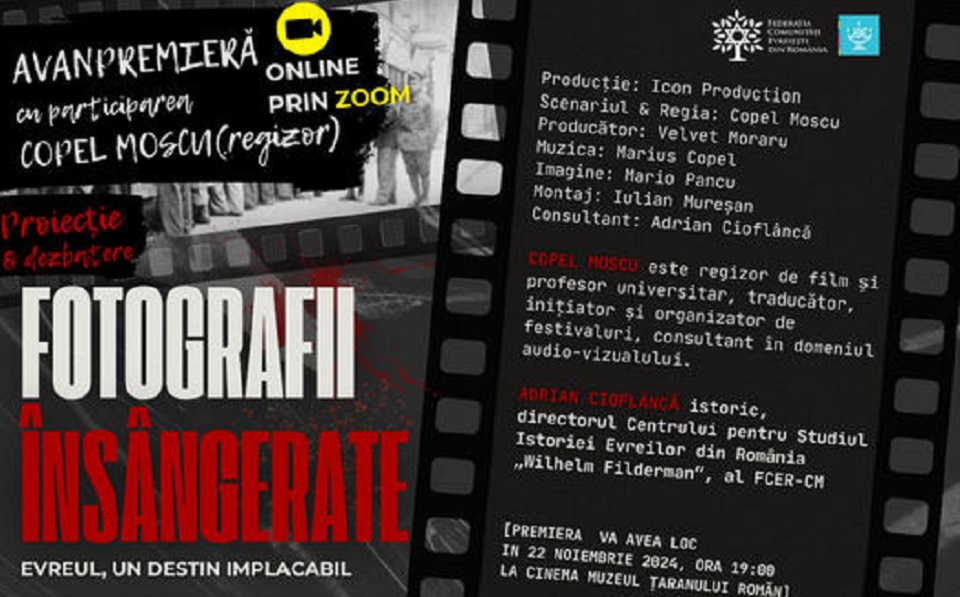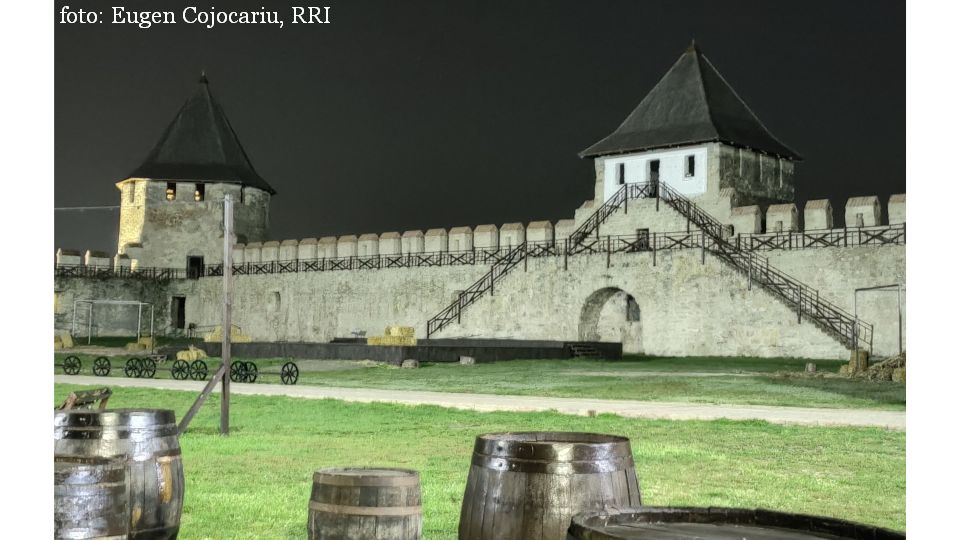The Rupea Fortification
Saxon settlers came to Transylvania in the 12th century, setting up the main cities of the province as they stand now.

Christine Leșcu, 21.09.2013, 13:05
Saxon settlers came to Transylvania in the 12th century, setting up the main cities of the province as they stand now. With their skill in crafts and farming, they enjoyed feudal privileges granted by the kings of Hungary, who ruled Transylvania at that time. The Saxons organized their settlements in a system ruled by seven so-called Seats, in Sibiu, Brasov, Medias, Sighisoara, Sebes and Rupea, all of them fortified. These fortifications can still be seen today, and have been preserved to various degrees. As was the custom back then, most Saxon cities, especially the seven seats, had fortified churches as well.
Midway between the Olt Valley and Tarnave Valley, the citadel called Rupea stands on a rocky hill. The name actually comes from the rock it is built on, given by the Romans. It is possible that before being a Roman fortress, the place was a Dacian fortification. The mayor of Rupea, Flavius Dumitrescu, told us about it:
Flavius Dumitrescu: “Rupea fortification was called Castrum Kuholom. The name Kuholom also refers to the rock it is built on. In terms of geographical position, it is at the crossroads between Moldavia, Muntenia and Transylvania. There is a Transylvanian military ensemble on this hill, and it was first documented in 1324. This was a place of refuge for the Saxons when they rebelled against King Charles Robert of Anjou. It holds a strategic position, and developed in a few stages. It has three architectural emplacements: the upper city, the first one built, between the 13th and 14th centuries, the middle city, built between the 15th and 16th centuries, and the lower city, built in the 17th century.”
The city had 12 guilds, whose activity ran smoothly as long as no one was laying siege to the city.
Flavius Dumitrescu: “At first it was a royal castrum, and in 1420 it was given to the community as a place of refuge for the population, as sieges were frequent. In peace time, it was inhabited by the guards. This was also a Saxon seat. The city had many towers and guard bastions serving the guilds, and they are named accordingly: Weaver Tower, Servant Tower, the Guard Tower, and so on. In 1420, as I said, it was given back to the community as a defensive fortification, and functioned as such until the 18th century.”
In 1688, Austrians installed a garrison here, and the place was a refuge for people not infected during a widely spread plague epidemic later, in the 18th century. As such, refurbishing was a must. The project was submitted in 2000:
Flavius Dumitrescu: “We applied several times for EU financing. The project was rejected twice, and we finally got the financing. We started the tender process for companies doing refurbishing and consultancy in 2010. The work started in 2011, and this year, on June 15, we officially opened the new fortification of Rupea.”
Since its reopening, Rupea had a record number of visitors, 26,000, way over the estimates, showing that the Saxon heritage has not vanished just yet.






























